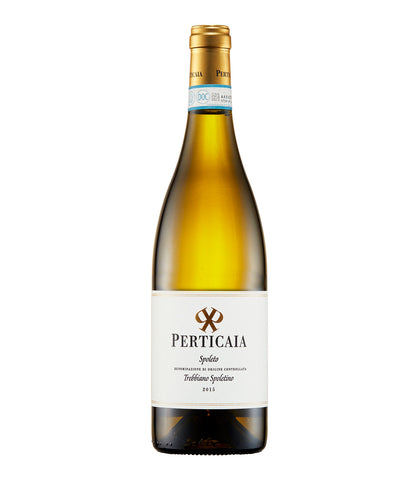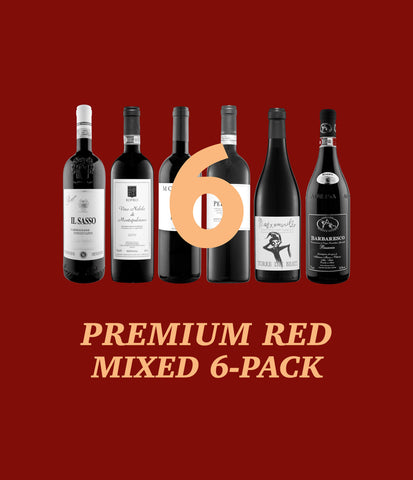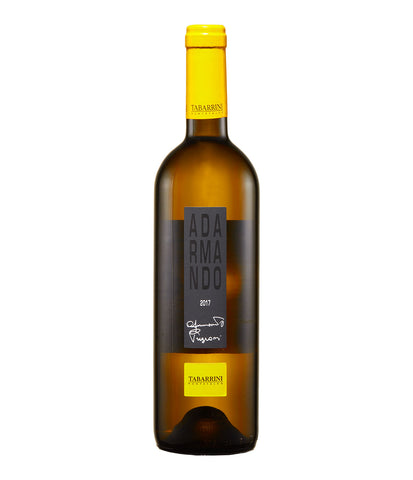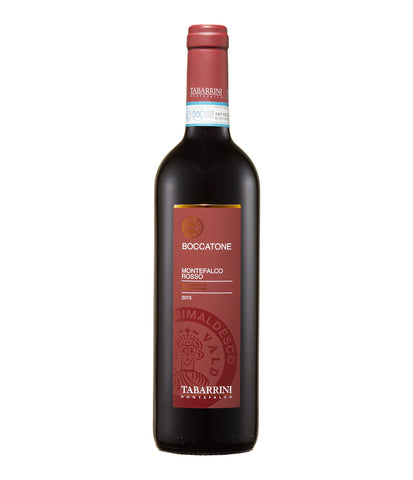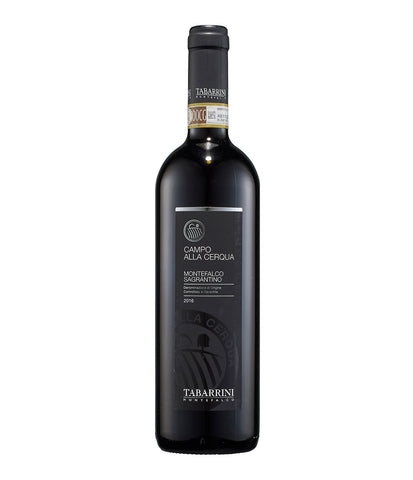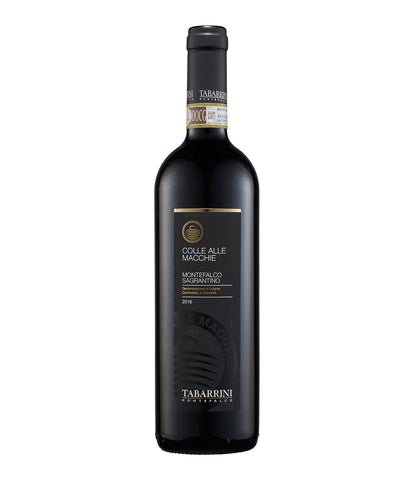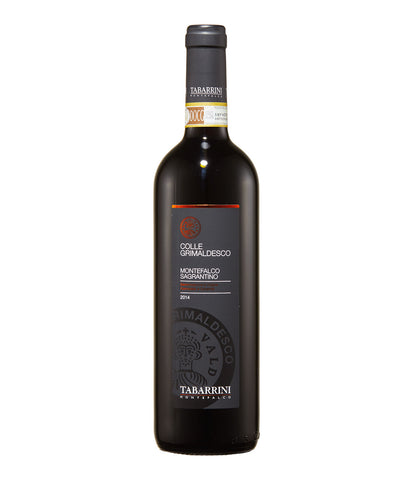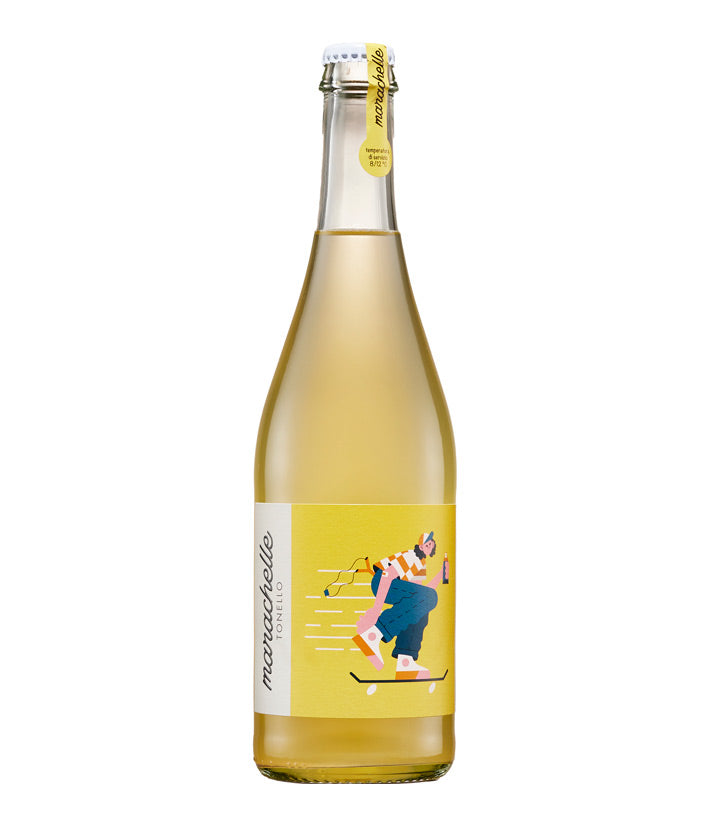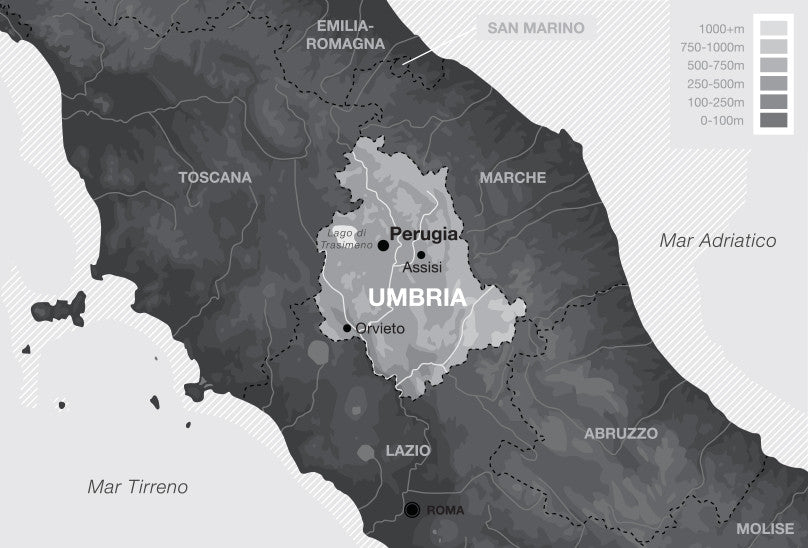
Umbria
The landlocked region of Umbria is pretty much at the absolute centre of Italy, well at least geographically, its status amongst the regions is not quite so lofty. In fact, Umbria often seems a little overlooked, and but for the lack of a coastline (the only region south of Lombardy without one) it is hard to see why. Umbria is a breathtakingly lush and picturesque region dotted with mediaeval hill towns to rival those of its most famous neighbour, Tuscany. But it is in the shadow of Tuscany that Umbria sits, lacking perhaps the high points of drama and flair, but equally, it is probably this quiet that gives the region its effortless charm.
Umbria’s emblematic grape is undoubtedly, Sagrantino. It produces powerful, long-lived and often profound wines. It is also essentially exclusive to the region, or rather to a small area within the region. And this is perhaps the issue, although it is on the rise, Sagrantino has never occupied much vineyard land, so while it sings Umbria more loudly ...READ MORE
Umbria
The landlocked region of Umbria is pretty much at the absolute centre of Italy, well at least geographically, its status amongst the regions is not quite so lofty. In fact, Umbria often seems a little overlooked, and but for the lack of a coastline (the only region south of Lombardy without one) it is hard to see why. Umbria is a breathtakingly lush and picturesque region dotted with mediaeval hill towns to rival those of its most famous neighbour, Tuscany. But it is in the shadow of Tuscany that Umbria sits, lacking perhaps the high points of drama and flair, but equally, it is probably this quiet that gives the region its effortless charm.
Umbria’s emblematic grape is undoubtedly, Sagrantino. It produces powerful, long-lived and often profound wines. It is also essentially exclusive to the region, or rather to a small area within the region. And this is perhaps the issue, although it is on the rise, Sagrantino has never occupied much vineyard land, so while it sings Umbria more loudly than any other variety, the choir is a small one. Perhaps also its merit as a wine of substance, with an attendant record of impressive ageing, works against it, as a particular surfeit of structural components can render it somewhat difficult in its youth.
Alhough Orvieto is Umbria’s most celebrated white wine (the DOC also spills into Lazio), it has also taken somewhat of a battering over the years, its modern reputation shaped by less than aspirational producers. Indeed it is hard to be truly definitive about what Orvieto really is, given its reliance on the consistent but essentially underwhelming Trebbiano Toscano. But the future of Orvieto is anything but bleak, the disciplinare has been altered to require more of the characterful Grechetto in the blend, and good producers are turning away from Trebbiano in favour of more distinctive autochthonous varieties and clones. Though Trebbiano in Italy will often have an affixed local moniker in its title (Trebbiano di Lugana, Trebbiano di Soave etc.), it has generally been thought to be the one variety with slightly superior or inferior clones and sites accounting for differences in pedigree. It has now been clearly proven that many of the varieties, while being superficially similar, indeed are not just different, but completely unrelated. Trebbiano Spoletino, for example, is proving to be one of the most compelling of the ‘Trebbianos’, and, alongside Grechetto, represents the best of indigenous Umbrian white wine.
Principal denominations: Montefalco DOC, Montefalco Sagrantino DOCG, Orvieto DOC, Spoleto DOC, Torgiano Rosso Riserva DOCGImportant white varieties: Grechetto, Malvasia, Trebbiano, Verdello
Important red varieties: Sagrantino, Sangiovese
COLLAPSE TEXT
- Page 1 of 1
-
- Page 1 of 1
-

